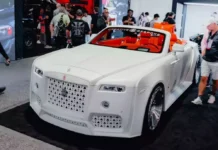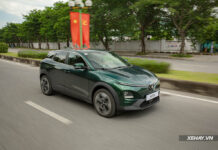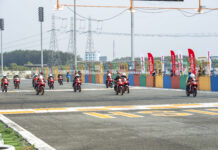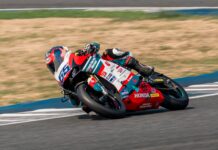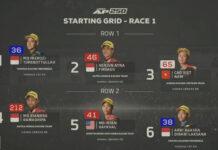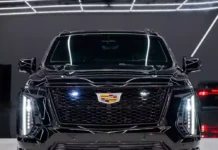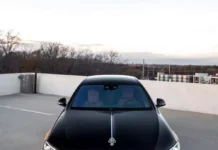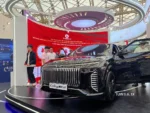The Ministry of Construction is developing a new National Technical Regulation draft, seeking feedback from the public and relevant stakeholders. This draft proposes a Corporate Average Fuel Consumption (CAFC) target for all passenger cars in Vietnam, aiming for an average of 4.83 liters per 100 kilometers by 2030.
This target will be calculated based on the average of all passenger car models in Vietnam. In other words, not every manufacturer needs to achieve the 4.83 liters per 100 kilometers target. Instead, some may meet it, while others may not, as long as the overall average is 4.83. Ideally, all manufacturers would offer products that match or surpass this goal.
For those who exceed the fuel consumption threshold, the Ministry proposes a credit-trading mechanism where they can purchase credits from manufacturers who are below the threshold. Additionally, businesses must devise plans to adjust their CAFC in subsequent years, such as adopting new technologies, phasing out fuel-intensive vehicles, or increasing the production of fuel-efficient models. If a manufacturer fails to meet the fuel consumption standards after three years, the authorities will impose a halt on their production, assembly, or import operations until an appropriate plan is in place.
According to the Vietnam Automobile Manufacturers’ Association (VAMA), the target of reducing CAFC to 4.83 liters per 100 kilometers by 2030 is overly stringent and could significantly impact and transform the entire Vietnamese automotive industry.
VAMA’s research suggests that with this target, most traditional internal combustion engine (ICE) vehicles and even some hybrid (gas-electric) models currently on the Vietnamese market will not meet the standard. Specifically, 96% of traditional gas-powered vehicles and 14% of hybrid vehicles would not comply.
Additionally, considering the period from 2026 to 2030, most VAMA members would struggle to meet the average fuel consumption target for their entire enterprise in the first year and throughout the regulation’s implementation, despite their proactive efforts in product technology transition.
VAMA states that to achieve the 4.83 liters per 100 kilometers fuel consumption limit, automakers would need to discontinue up to 97% of their current traditional gas-powered car models. Alternatively, to maintain their sales volume, businesses would have to drastically increase the production of electrified vehicles (hybrid, plug-in hybrid, and fully electric) by approximately 868% within a very short period (about five years).
VAMA argues that such a rapid transition is impractical given the limited infrastructure for charging stations and the power grid, as well as consumers’ unfamiliarity with electric vehicles. These changes would severely impact the automotive industry, employment, consumers, and government revenue.
In light of these challenges, VAMA has proposed a more flexible implementation roadmap, suggesting a target of 6 liters per 100 kilometers by 2030. According to VAMA, this roadmap would still enable Vietnam to achieve its committed goal of reducing 15.66 million tons of CO2 emissions by 2030 in the NDC 2022. Additionally, this scenario would have a lesser impact on the market compared to the 4.83 liters per 100 kilometers scenario.
By following this roadmap, automakers would still need to make significant efforts in adjusting their product mix (reducing gas-powered vehicles by about 34% and increasing electrified vehicles by at least 366%), but it would be a more feasible path.
The Ultimate Driving Machine: Unveiling the Mini Cooper John Cooper Works in Vietnam. Priced at 2.529 Billion VND.
Thaco has unveiled the latest addition to its Cooper range – the John Cooper Works (JCW) special edition. This high-performance, range-topping variant of the beloved 3-door Cooper is now available, offering an even more exhilarating driving experience. With its powerful engine and exclusive features, the JCW edition is set to thrill driving enthusiasts and Cooper fans alike.








